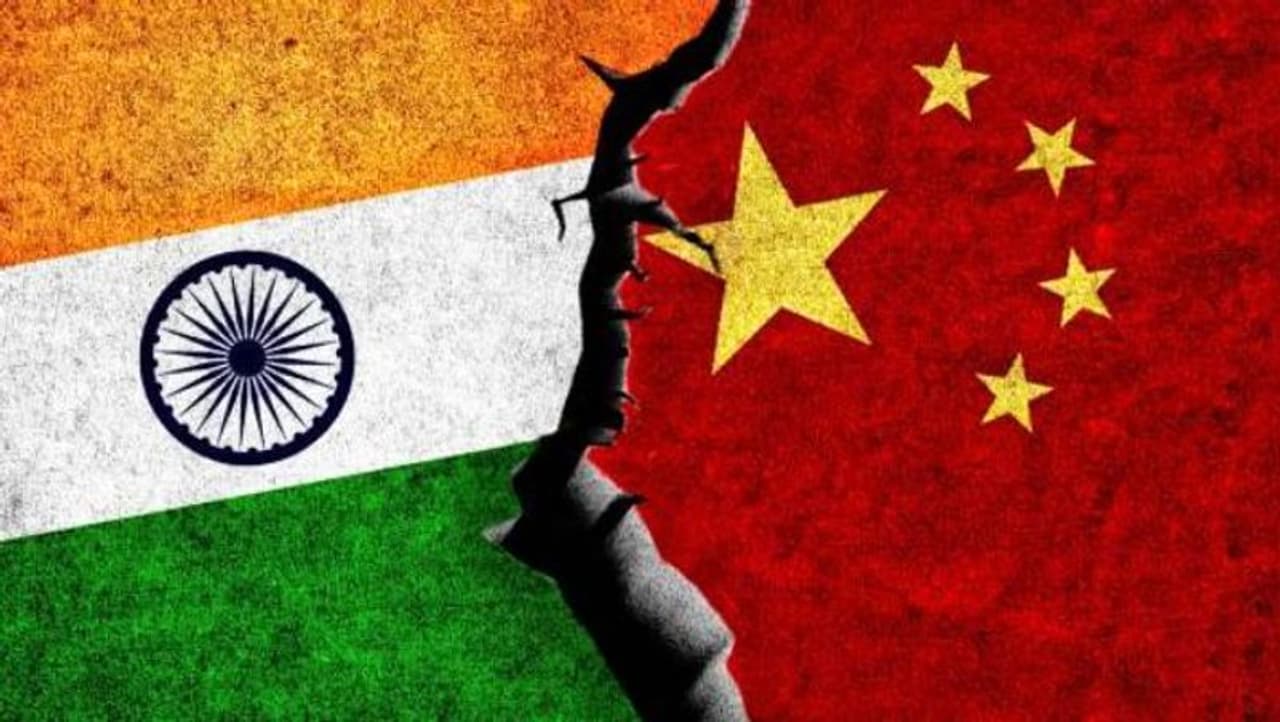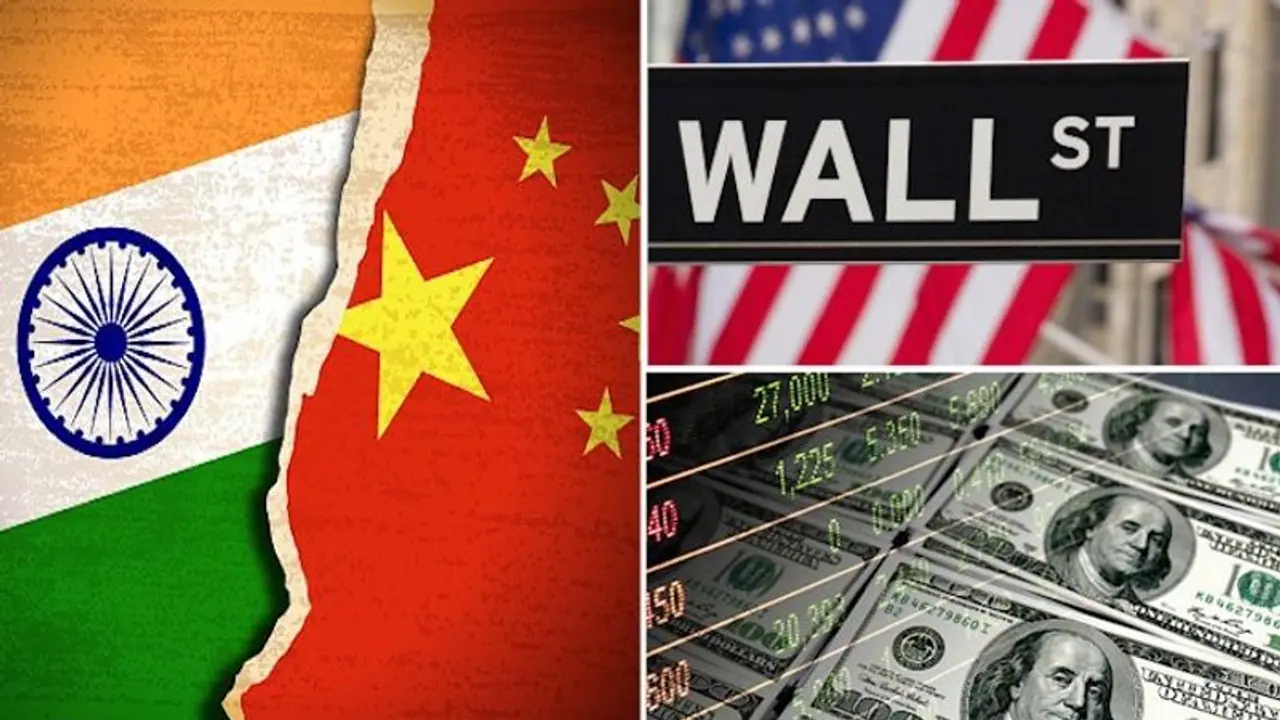India, recognized as the world's fastest-growing major economy, has undergone substantial infrastructure expansion under Prime Minister Narendra Modi's leadership, aiming to attract global capital and divert supply lines from Beijing.
In a significant market shift, global investors are redirecting billions of dollars away from China's slowing economy towards India, marking a pivotal moment in the international financial landscape. Wall Street giants like Goldman Sachs Group Inc. and Morgan Stanley are now endorsing India as the premier investment destination for the next decade, highlighting a growing momentum that has triggered a gold rush in the financial world.

The $62 billion hedge fund Marshall Wace has positioned India as its most substantial net long bet after the US in its flagship hedge fund. Similarly, Vontobel Holding AG's arm and Janus Henderson Group Plc are increasing their investments in India, while even traditionally conservative Japanese retail investors are embracing the South Asian nation, gradually reducing exposure to China.
This shift in focus is fueled by contrasting trajectories between India and China. India, recognized as the world's fastest-growing major economy, has undergone substantial infrastructure expansion under Prime Minister Narendra Modi's leadership, aiming to attract global capital and divert supply lines from Beijing. In contrast, China is grappling with persistent economic challenges and a widening rift with the Western-led order.
“People are interested in India for several reasons — one is simply it’s not China,” Vikas Pershad, Asian equities portfolio manager at M&G Investments in Singapore told Bloomberg. “There’s a genuine long-term growth story here.”
Investors are closely monitoring the evolving dynamics between these two Asian powers. India's unique position as a dynamic economy that is progressively opening up to global investments is drawing parallels with China's past. Despite acknowledging potential challenges such as a large population in poverty, expensive stock markets, and insular bond markets, investors are crossing over to India, calculating that the risks of betting against the country are outweighed by potential returns.
The historical correlation between India's economic growth and stock market value is a key factor attracting investors. If India continues to expand at a rate of 7%, the market size is expected to grow at a similar average rate. Over the last two decades, GDP and market capitalization in India have risen together, from $500 billion to $3.5 trillion.
Investor interest in India has surged, with discussions about the country being among the best-attended at global financial firms. Capital flows reflect this enthusiasm, with Indian-focused exchange-traded funds receiving record inflows in the final quarter of 2023, while large China-focused funds experienced substantial outflows.

India briefly surpassed Hong Kong to become the world's fourth-largest equity market in mid-January. Morgan Stanley predicts that India's stock market will become the third-largest by 2030, with its weight in the MSCI Inc.'s benchmark for developing-market equities at an all-time high of 18%, surpassing China's shrinking share at its lowest on record (24.8%).
“In terms of index weights, China would be lower and India bigger,” Mark Matthews, the Singapore-based head of Asia research at Bank Julius Baer, which launched its first-ever India fund last year, told Bloomberg. “That’s the direction."
Japan's retail investors, traditionally favoring the US, are now warming up to India. India-focused mutual funds have gained traction, with Nomura Indian Stock Fund reaching a four-year high in assets.
Karma Capital, a firm managing funds in India for institutions such as Norges Bank, notes a heightened interest among US investors to explore and understand the Indian market.
Rajnish Girdhar, the chief executive of the firm, recounted an instance where a client promptly responded to multiple inquiries regarding India, indicating a keen enthusiasm among investors for insights into the market.
“We would send something Friday and before we returned Monday morning, she’d have responded, which means she was working on the weekend,” he told Bloomberg.
India has leveraged evolving power dynamics with China, a rivalry spanning decades. While China is often perceived as a challenge to the Western global order, India is seen as a potential counterbalance—a nation increasingly capable of positioning itself as a viable manufacturing alternative to Beijing.
Despite criticisms of India's tax policies, countries like the US recognize the importance of fostering robust business ties with India. India's contribution to over 7% of the iPhone's global production underscores its growing significance in the global economy, accompanied by substantial investments in infrastructure upgrades.
These initiatives align with Prime Minister Modi's vision to position India as the world's new growth engine. In a significant move, the government has announced an 11% increase in infrastructure spending to 11.1 trillion rupees ($134 billion) in the upcoming fiscal year, as highlighted by Finance Minister Nirmala Sitharaman in her recent interim budget speech.
"The investment cycle is picking up with public capital expenditure and infrastructure initiatives," Jitania Kandhari, deputy chief investment officer for solutions and multi-asset group at Morgan Stanley Investment Management told Bloomberg.
India is actively constructing an extensive array of technologies designed to draw a larger population into the digital marketplace. Alphabet Inc.'s Google Pay intends to collaborate with India's mobile-based payments system, which facilitates billions of transactions each month, with plans to extend its services beyond the country's borders.
Despite the enthusiasm, some challenges persist. India's equities are among the most expensive globally, prompting concerns about a potential correction. Stretched valuations and China's efforts to stabilize its markets have led some investors to consider adjustments to their strategies.
Investors are preparing for a correction after eight consecutive years of annual gains in local shares. While PM Modi is expected to secure a third term during this year's national elections, potential changes in the ruling party could introduce short-term market volatility.
India's social and political landscape introduces additional complexities, with critics highlighting concerns about PM Modi's social agenda favoring the Hindu majority and potential instability with over 200 million religious minorities in the country. However, supporters believe that India's long-term potential, driven by low per capita income and ongoing infrastructure developments, justifies the current market volatility.
Also read: In a messy spot! Byju's pauses Lionel Messi partnership amid company turmoil
India's once-insular financial markets are continuing to open up, with its $1.2 trillion sovereign-bond market set to be added to JPMorgan Chase & Co's global debt index. Efforts to globalize the rupee, combined with the development of GIFT City as a global financial hub, further position India for increased foreign investments.
In conclusion, confidence in India's long-term economic potential and transformative initiatives is driving global investors to shift their focus away from China. Despite potential challenges and uncertainties, the positive changes in India are seen as compelling reasons to "buy into India," making it a key player in the evolving global investment landscape.
